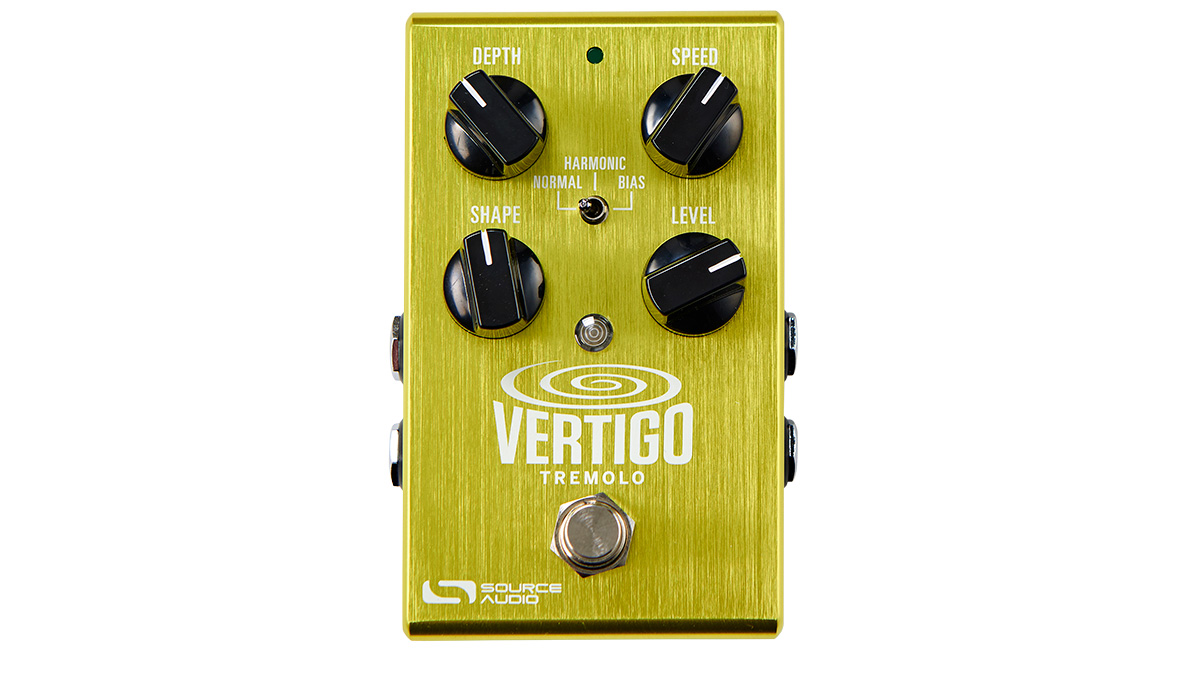MusicRadar Verdict
The perfect buy if you want a tremolo pedal but don't want to be stuck with one sound.
Pros
- +
Versatile.
Cons
- -
Very few.
MusicRadar's got your back
Just as Strymon's Flint combined tremolo and reverb in a pedal, there are three types of tremolo available here.
The Normal setting is an optical-style tremolo that's based on a 1967 Fender Vibrolux. The Harmonic setting has a phase-y sound as found in Fender's early 1960s 'brownface' amps.
The Bias tremolo offers more of a dirty pulsing sound, if you're looking for the sort of trem heard from a Vox AC30.
All three sound excellent and offer variation via the Speed and Depth knobs, but if you want to move away from 'amp tremolo' sounds, the Shape knob offers waveform shaping with a typical sine wave at its central position, running to square wave and sawtooth at the two extremes of its travel.
The Neuro app can take things more 'out there' with alternative algorithms, including filtered tremolo, tremolo mixed with chorus, or flanger and odd sequenced effects.
Trevor Curwen has played guitar for several decades – he's also mimed it on the UK's Top of the Pops. Much of his working life, though, has been spent behind the mixing desk, during which time he has built up a solid collection of the guitars, amps and pedals needed to cover just about any studio session. He writes pedal reviews for Guitarist and has contributed to Total Guitar, MusicRadar and Future Music among others.
"MC5 were playing on the radio": Pere Ubu founder David Thomas has died after “a long illness", aged 71
"An unholy amount of features in a standard-sized compact pedal": Mooer Prime Minimax M2 Intelligent Pedal review
“The most musical, unique and dynamic distortion effects I’ve ever used”: Linkin Park reveal the secret weapon behind their From Zero guitar tone – and it was designed by former Poison guitarist Blues Saraceno’s dad











